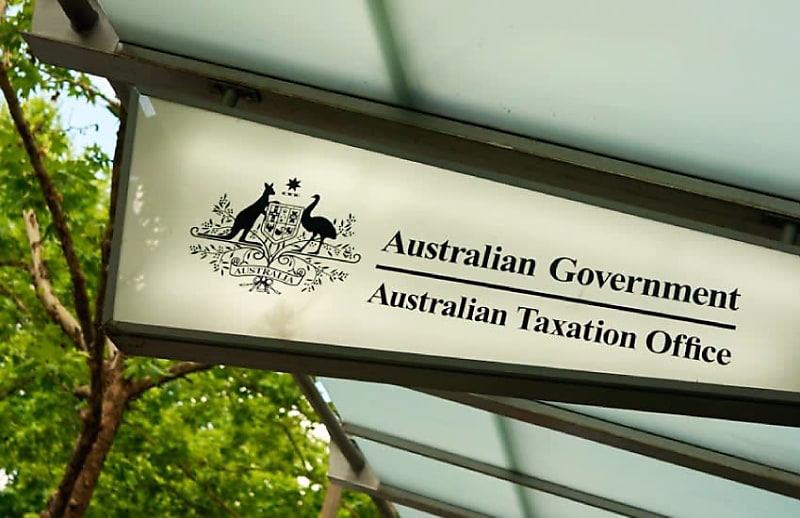The ATO has warned businesses with tax debts that the use of notices of intent to disclose business tax debts will continue to be a key part of the ATO’s approach to its debt collection activities.
ATO Assistant Commissioner, frontline risk and strategy, Anita Challen said intent to disclose notices are proving to be an effective and useful tool in driving businesses to engage with the ATO and deal with their tax debts.
You’re out of free articles for this month
Speaking in a recent CreditorWatch webinar, she said that between 1 July 2023 and 31 March 2024, there were 31,000 instances where the ATO disclosed business tax debts to credit reporting bureaus.
During that same period, around 666 clients paid their debts in full and around 3,600 had entered a payment plan.
However, by the end of 2023–24 financial year, the number of clients entering a payment plan had jumped significantly to approximately 12,000, said Challen.
The 31 March figures also indicated that 1,300 clients had sought advice on insolvency processes.
“It does tend to also nudge some businesses that perhaps shouldn’t be in business anymore to take the relevant action with regards to registrations and cancelling ABN and things like that,” said Challen.
Where the ATO is considering whether or not to disclose a tax debt to a credit reporting bureau, Challen said it will look at whether certain criteria have been met.
“That criteria includes whether the business has an ABN, tax debts that have accumulated to at least $100,000 or more or where those debts have been overdue for more than 90 days,” she said.
“In addition to that, there is a requirement that you’re not effectively engaging with the ATO.”
This is where taxpayers don’t have a payment plan, they’re not otherwise asking for greater support and assistance for disputing a liability either through an objection, review, or an appeal and they don’t have an active complaint with the Inspector-General of Taxation and Taxation Ombudsman, she said.
“In those instances, businesses who meet each of those criteria will be sent an intent to disclose notice from the ATO and that is really the final notification before the ATO progresses to disclosing those debts,” she said.
“It gives the business 28 days to act, so to essentially ensure that they no longer meet that criteria for us to continue and progress with disclosure. If there is no action undertaken and we don’t see either payment or that effective engagement within 28 days, then it’s highly likely that those debts will progress and be disclosed without any further notice to the taxpayer.”
Where the business no longer meets the criteria once the ATO has disclosed the debts, then the Tax Office is obliged to ensure that those debts are removed from the credit reporting bureau reports.
Challen said that the intent of these disclosures is to drive taxpayers to engage with the ATO, but also to ensure there is transparency for other businesses dealing with these reported debtors that are often small businesses themselves.
As the Tax Office continues to clamp down on the ballooning tax debt owed by small businesses to the ATO, Challen said the disclosure of tax debts to credit reporting bureaus will remain an important part of its collection strategies alongside the other actions it undertakes.
“As long as we have debts that are continuing to accumulate above that $100,000 and we’re not seeing effective engagement and the periods of non-payment extend beyond the 90 days, then we will absolutely continue to use this as a tool,” said Challen.
“[Based] on the current trajectory, it certainly does look like something that’s going to be continuing to increase at the moment based on what we’re seeing across the debt book.”

 Login
Login







